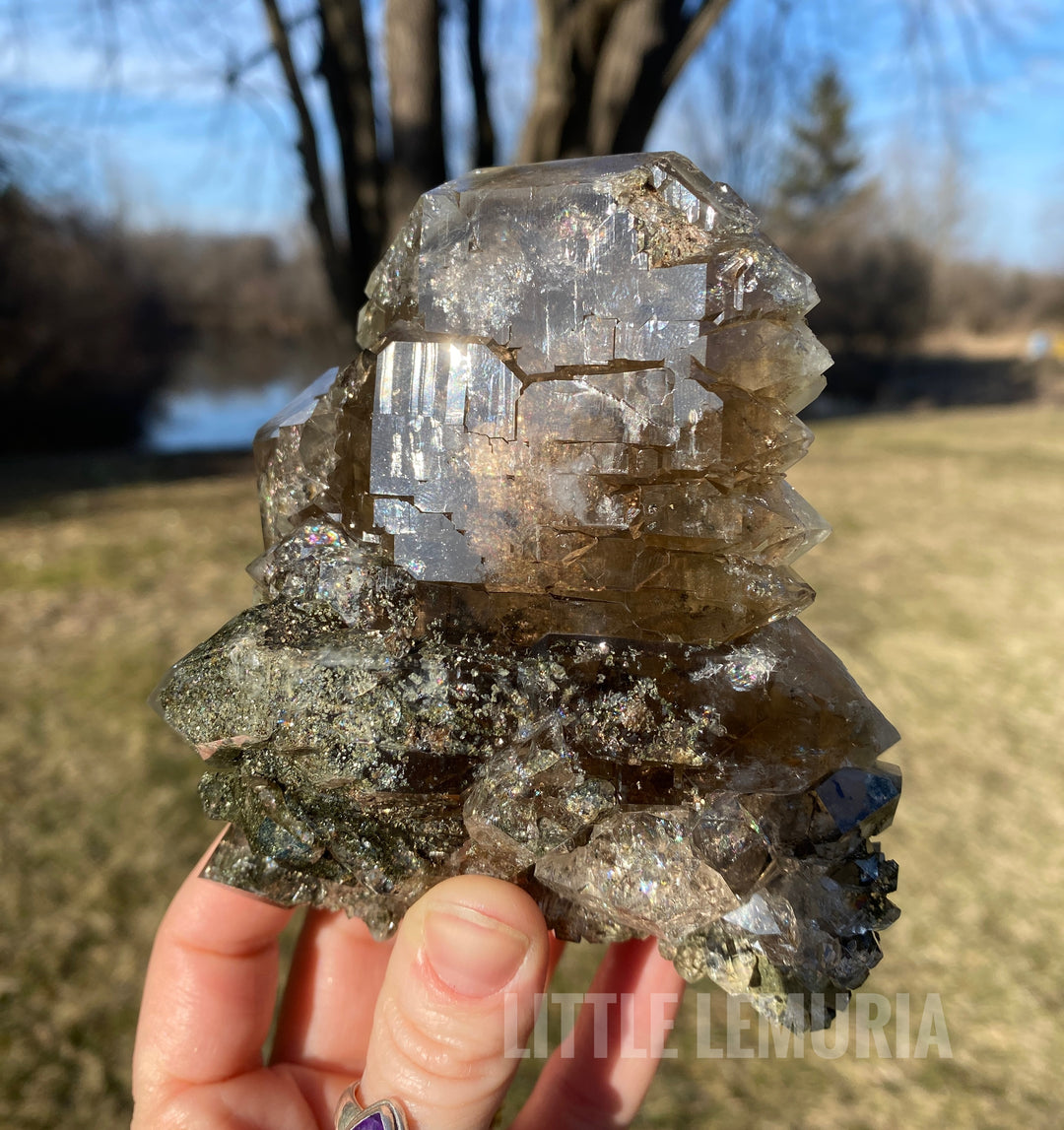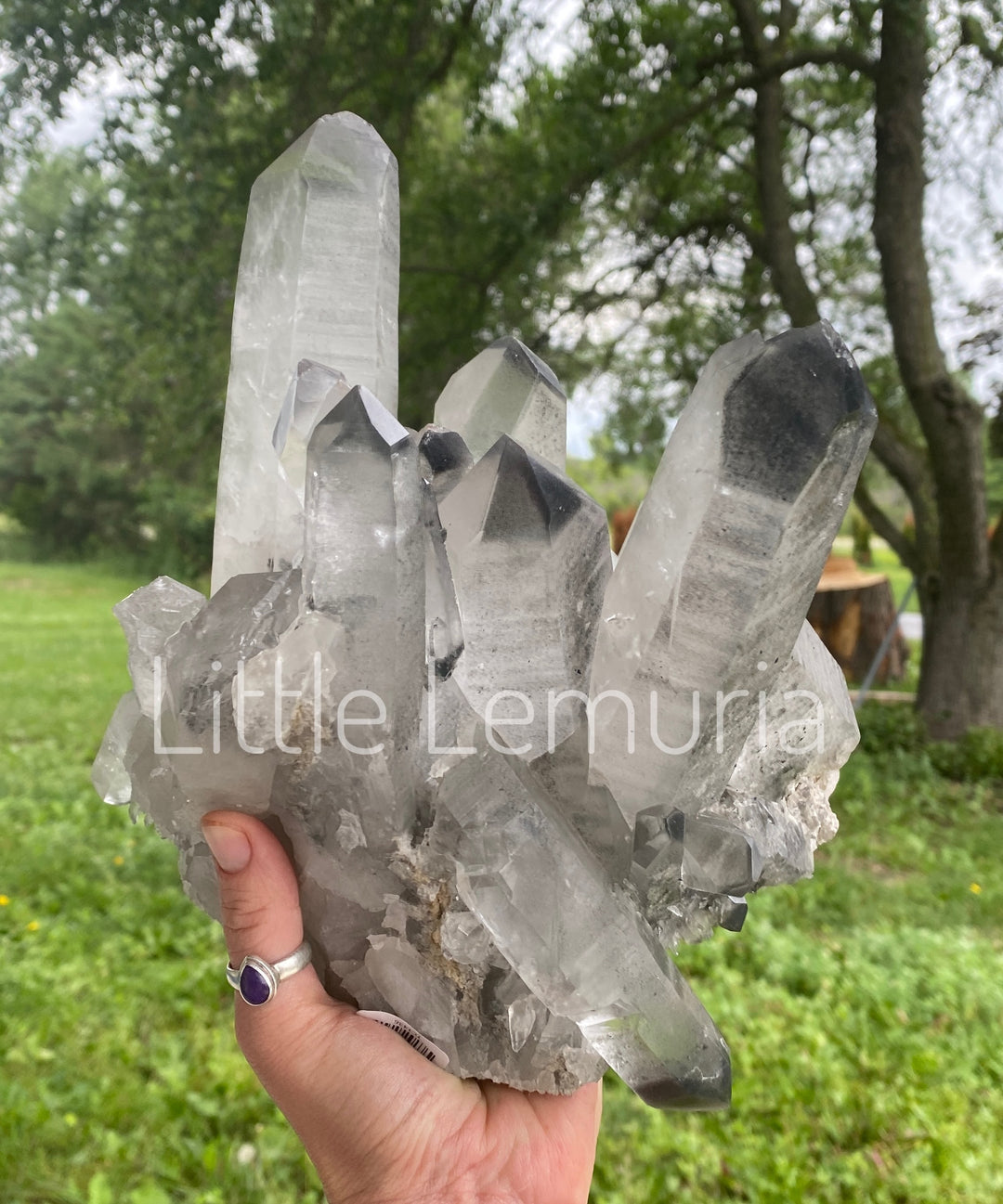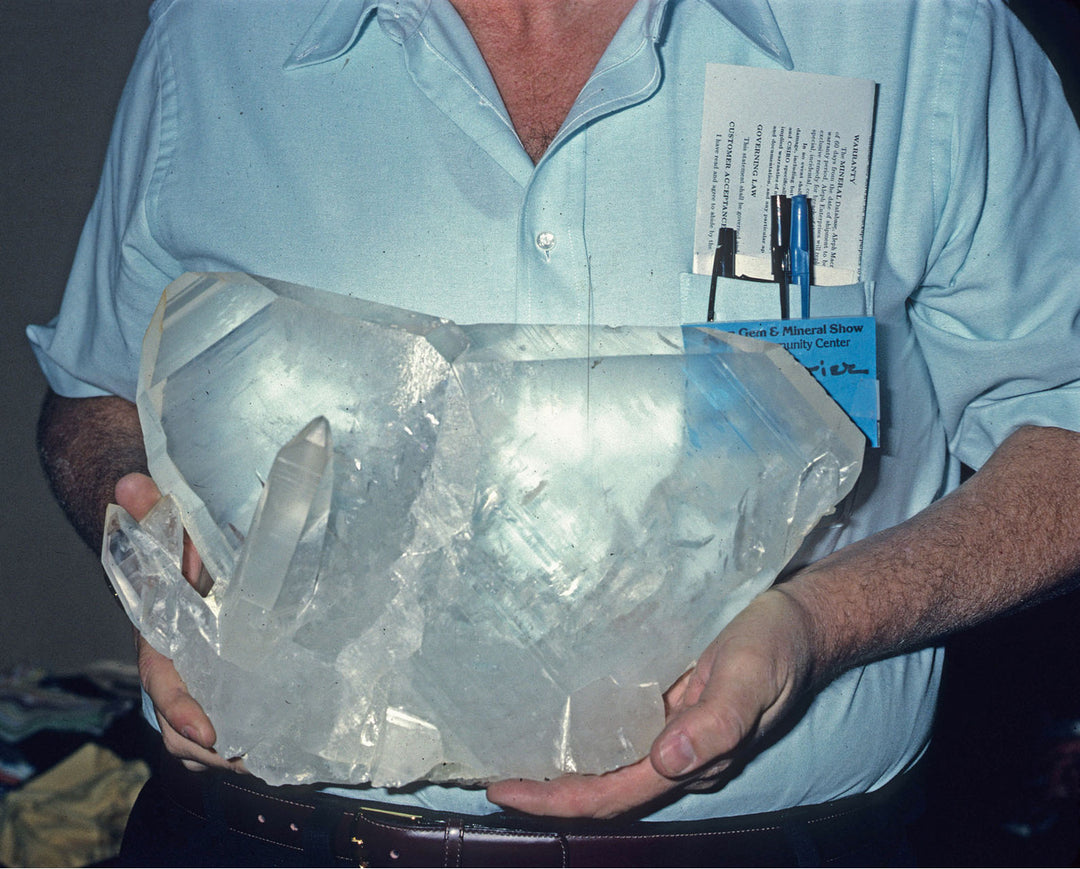If you follow us on Instagram, you know that we repeatedly ask our followers what they want to see next on the blog. One of the topics that has come up in our IG Live Sale discussions is: what exactly is grape agate? Some say it’s simply Amethyst, which I can certainly see how that concept came about, but it doesn’t add up. Additionally, Grape Agate comes out of Indonesia which has a reputation for stones with misleading tradenames. “Bumblebee Jasper” is a Calcite, “Fossil Bamboo” is Chalcedony covered reeds, and the stone of the hour “Grape Agate” is Purple Chalcedony…or is it Amethyst.

The similarities of Grape Agate and Amethyst are they are both Quartz and both purple. Naturally I was going to need a more scientific approach to solving this mystery, so I phoned my geologist friend Fred of Northern Maine Minerals. My question: Is Grape Agate really just Amethyst like many shops say?
“By the most fundamental of technical standards, the answer is no. Purple fluorite is not Amethyst because their chemistry is completely different. Calcium Fluoride is not Silicon Dioxide. This is an easy difference to understand. Different chemistry, different mineral. However, when it comes to Grape Agate and Amethyst, the difference is structural. A parking garage is not a skyscraper despite both being made of concrete and steel. A shovel is not a pitchfork even though they can be made of the same materials – wood and steel. Quartz grows in a specific pattern, and Grape Agate grows in a completely different pattern on the microscopic level.
Each crystal is assembled by different ions. In this case, we are dealing with primarily Silicon and Oxygen. The way the Silicon and Oxygen bind together is called a crystal’s lattice structure. The lattice structure of Quartz is different than the lattice structure of Grape Agate despite both being composed of silicon and oxygen. This is the difference that separates them into two different crystal systems. Quartz is in the Trigonal Crystal System and Chalcedony is in the Monoclinic Crystal System. There are other minerals that are silicon and oxygen, and they too have different lattice structures (i.e. Agate). Because of this, they are given different names –Agate vs. Chalcedony vs. Quartz.

So, can Grape Agate be considered Amethyst? No, because they are built completely differently. Amethyst is Quartz colored purple by Iron impurities. Grape Agate is considered a Chalcedony colored purple by Clay Mineral impurities. They are built differently, and their inclusions are different. The result is two different minerals.
A Side Note:
Often, we see the term ‘Amethystine’ associated with mineral descriptions. This just means the mineral gives off a purple color like Amethyst. It does NOT mean that the two minerals are the same. Nor does it mean that the ‘Amethystine’ mineral contains Amethyst. It is a descriptive term used to help describe color.”
Amazing and necessary clarity on another confusing topic floating around the crystal community. Big thank you once again to geologist Fred Krone for providing us with an easy to understand scientific answer to this question.
For more co-authored blogs with Fred check out the links below:
Malachite Debunked
Straight Facts on Water and Crystals
Pakimers vs. Herkimers
Follow on Instagram @Northern_Maine_Minerals









